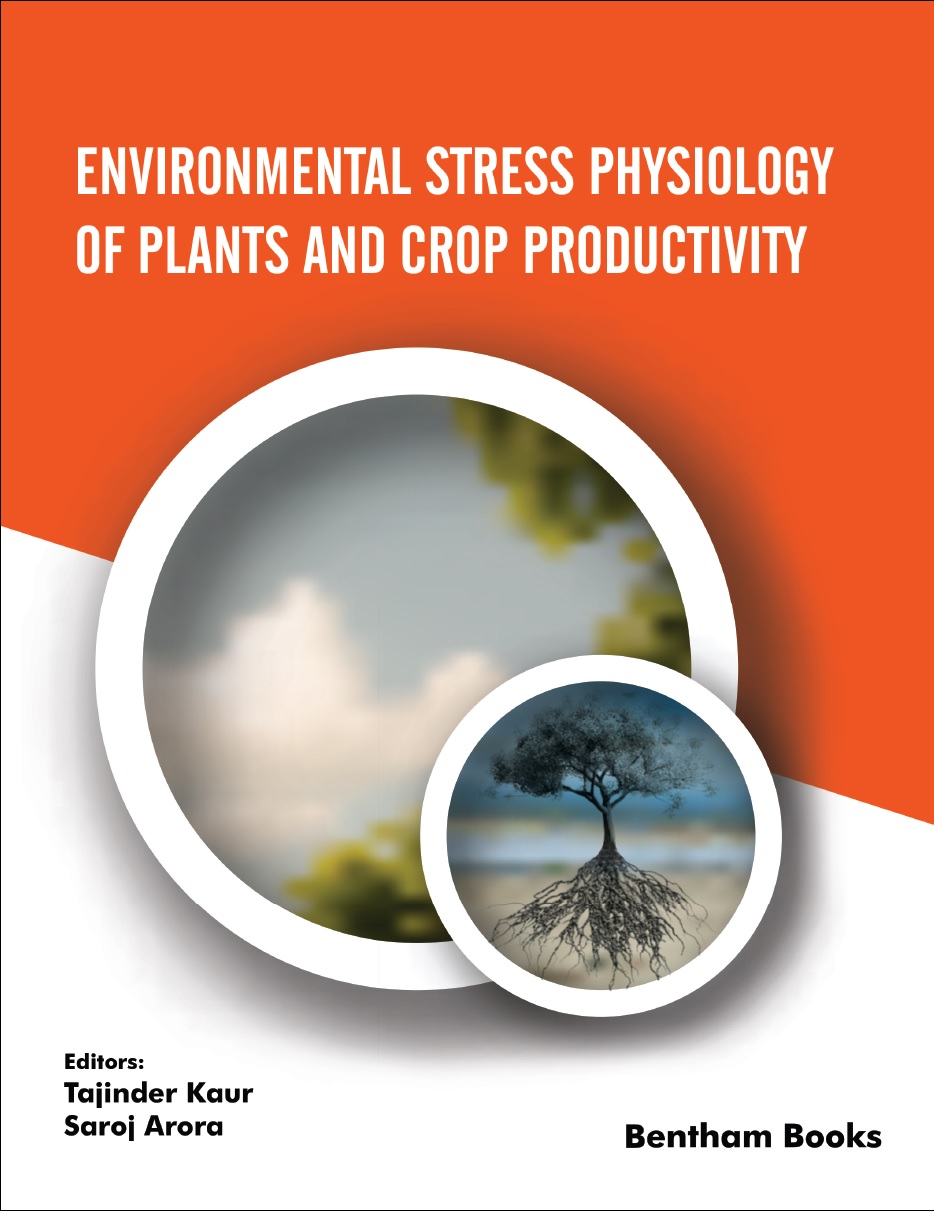Abstract
Nitric oxide (NO) is a small-sized, short-lived, highly diffusible, gaseous, and bioactive molecule that regulates various physiological and pathological processes in plants. It also plays a role in development, germination, flowering, senescence as well as response to abiotic stress in plants. In recent years, the role of NO in tolerance of abiotic stress posed by salinity, drought, heat, cold, UV-B, and heavy metals in plants has been identified and gained importance in the field of plant research. Salinity stress triggers the production of reactive oxygen species (ROS) that leads to oxidative stress in plants, resulting in cellular destruction via lipid peroxidation, enzyme inactivation, and DNA damage. To combat this stress and to minimize its harmful effects, certain plants activate various ROS-scavenging enzyme activities. The role of exogenous NO, which acts as an indicator in triggering ROS scavenging enzyme activities and regulates antioxidant activities in plants to alleviate the toxic effects of salt stress, has been well established. NO has been considered to play a key role in reducing the excessive production of ROS in cells, improving secondary defense mechanisms, alleviating osmotic damage, and maintaining cell permeability. Thus, understanding the mechanisms of action of NO that help in effectively utilizing the crop cultivation under saline conditions and support better growth of the plants is the need of an hour. Considering this, the present review focuses upon the recent knowledge of the crucial role of NO in providing tolerance to plants under salt stress.
Keywords: Antioxidant enzymes, Abiotic stress, Hydrogen peroxide, Nitric oxide, Oxidative stress, Reactive oxygen species, Salinity, Sodium nitroprusside.






















